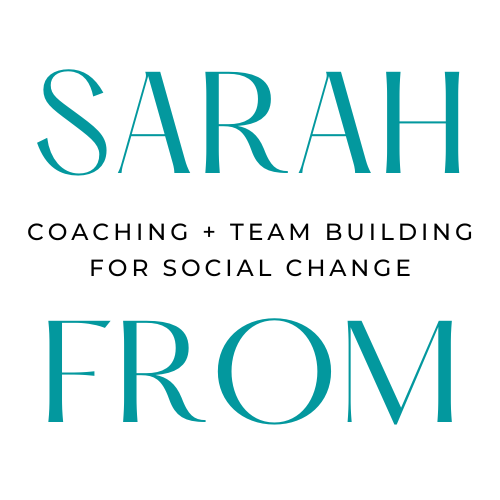Three years ago at the Selah Leadership Program, I was introduced to a planning tool that I've used every single day since. This magic tool? POP.
The POP Model was developed by organizational consultants Leslie Sholl Jaffe and Randall J. Alford. POP stands for Purpose, Outcomes, and Process, and it's a simple and effective tool for keeping yourself and others focused aligned in almost any context.
Purpose answers the question, why is this important?
Outcomes answers the question, what do we most need to accomplish?
and Process answers the question, how will we accomplish the outcomes?
It is easy to see why these three little questions have so much resonance.
- Purpose fuzzy? You are likely to find yourself spinning your wheels, lost and not sure how you got where you are.
- Outcomes unclear? Team members may be working toward different goals, reducing the group's overall impact.
- Process ignored? You'll find yourself in the middle of a dead-end meeting, wondering why there is so much talk and so little progress toward what you really need to be getting done.
POP In Action
To use the model, articulate the Purpose of what you are taking on, your desired Outcomes, and the Process for how you will get to the outcomes. In some contexts it is beneficial to use POP on your own, and in others it can be a powerful tool for aligning a group. POP can be the basis for a 5-minute back-of-the-envelope exercise, or an all-day, organization-wide planning endeavor.
Say you have an upcoming meeting with your staff to plan your big 2012 fundraising event. Before the meeting, you might sit down and take 5-10 minutes to sketch out a POP for yourself:
- Purpose: The purpose of this meeting is to kick-off planning for the 2012 fundraising event.
- Outcomes: We need to leave this meeting with:
- Clarity around who will spearhead each major piece of work.
- A decision on if we will hire a marketing consultant or handle that in-house.
- An understanding on the part of the Development team of the Board's expectations for how much $$$ this event will bring in.
- Process: In order to get to these outcomes:
- I need to think about who I believe should take on each major piece of work, before the meeting.
- I should look at that research we did two years ago about marketing consultants so I can go into the day with a ballpark figure of how much it would cost to outsource.
- I sh0uld also have a conversation with my Development Director to make sure he understands the Board's target for this event -- that way he can help me get his team on board during the meeting.
- Finally, I need to design an agenda for this meeting that will produce the outcomes I want -- so that we don't get lost in the weeds.
POP is a powerful tool to use in meetings. The meeting facilitator can either lead the group in collaboratively defining the meeting's Purpose, Outcomes and Process in real-time, or can bring a pre-defined POP to a meeting and solicit group-buy in. A meeting where the whole team knows the POP -- why we are there, what we are trying to get to, and how we will get there -- is a meeting worth everyone's time.
POP can be used at the beginning of projects -- Why are we taking on this project? What do we want to accomplish by doing it? How will we accomplish that? And, it can be a test of alignment, mid-project, when things seem to be drifting off course -- Why were we doing this project again? What were we trying to accomplish? How can we get back on track?
For me, the power of POP is in slowing down and thinking about what I really want to get out of the effort I am putting into a meeting, a project, or a partnership. In a group context, going through the POP process can reveal hidden assumptions, biases and leaps in logic that would otherwise derail the group down the line.
It is no exaggeration to say that I use POP every single day. I may have even POP'ed a vacation once or twice! Try it out, and let me know how you experience the simple power of POP.


